Volga GAZ-24 was styled by Leonid (Leniy) Tsikalenko and Nikolay Kireyev during the first half of 1960s. The final version was approved in January, 1964.
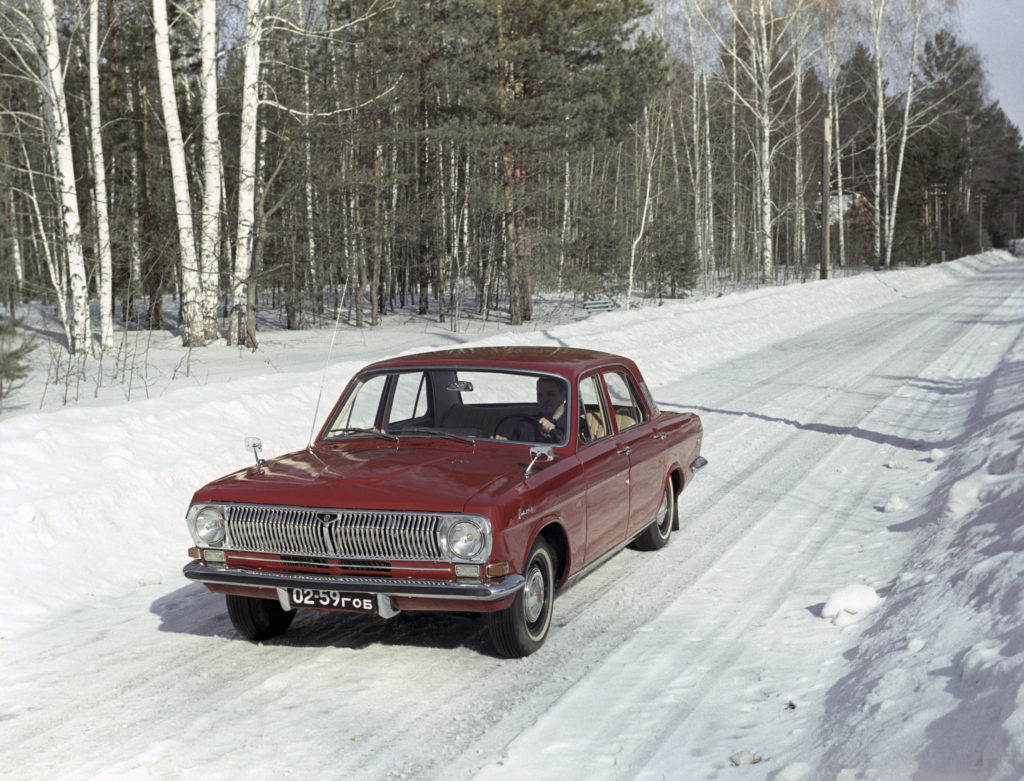
In accordance with its original primary purpose as a taxicab, the car had to be relatively tall to make ingress and egress more convenient for the passengers, and generous ground clearance was also a necessity, contributing to greater the overall height.

To some extent this fact was concealed by carefully chosen design elements, but the Volga was still a whole 10 cm / 4″ taller than a typical Western European or American sedan of its time.
Another challenge for the stylists was the tall four-cylinder engine which was largely a carryover from the older GAZ-21 model.

When this engine was developed back in early 1950s, it’s height was not a problem at all, as cars of that time period were tall and curvy, with a lot of room to spare under the bulbous hood. Therefore, the engineers didn’t bother themselves with making it as low as possible.

In early 1960s, however, styling trends required cars to be “long, low and sleek”, and that mantra meant a low, flat hood. Which was bad news for the designers, as the engine was just too high, and its height could be reduced only so much, making some kind of compromise necessary.
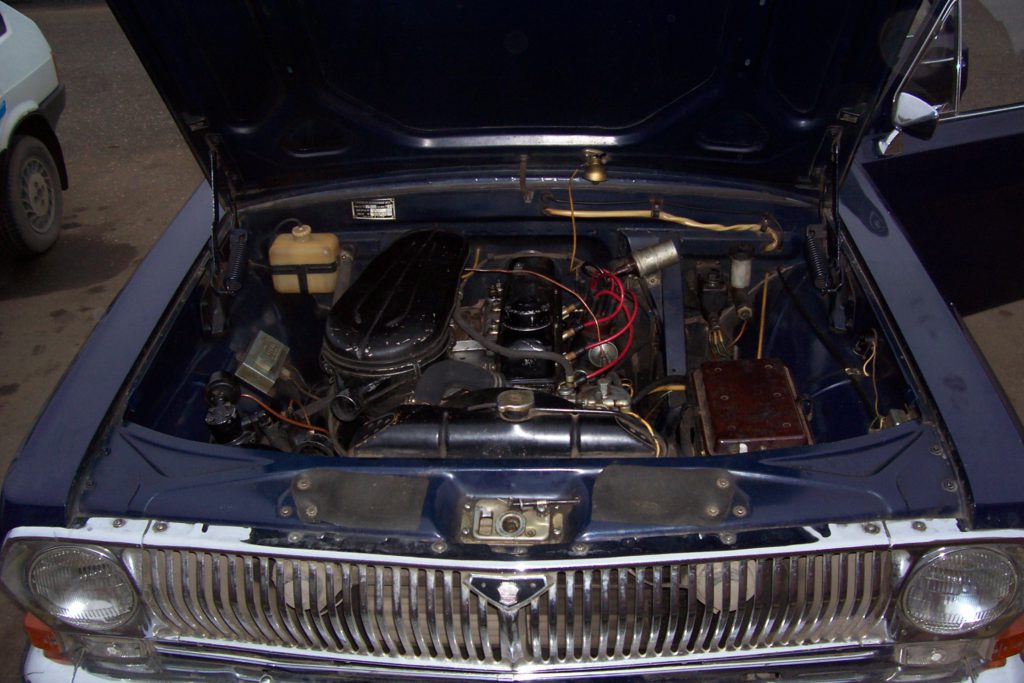
The most obvious thing to do was to move the bulky oil-bath type air cleaner to the side, away from the carburetor, by mounting it remotely on a special support. However, that didn’t solve the problem completely.
Various styling ideas were pursued in order to resolve this predicament.


The initial styling proposals for the new Volga combined the unavoidable high cowl with a flat hood. This combination, however, led to a high belt line as well, resulting in a stodgy looking car with a relatively small glass area – the exact opposite of what the designers wanted. As the other aspects of the car evolved, this approach started to become less and less relevant.
The solution found by Tsikalenko and his colleagues was to lower the belt line while retaining the overall cowl height by giving the hood a pronounced transverse curvature. A power bulge was also grafted onto the area of the hood located directly above the engine, making it possible to lower the rest of the hood as much as possible. That allowed to combine the necessary clearance to the engine with a relatively sleek look of the car and a large glass area. It was still taller than most contemporary cars, though, as taxicab service demanded large door opening for easier ingress & egress.
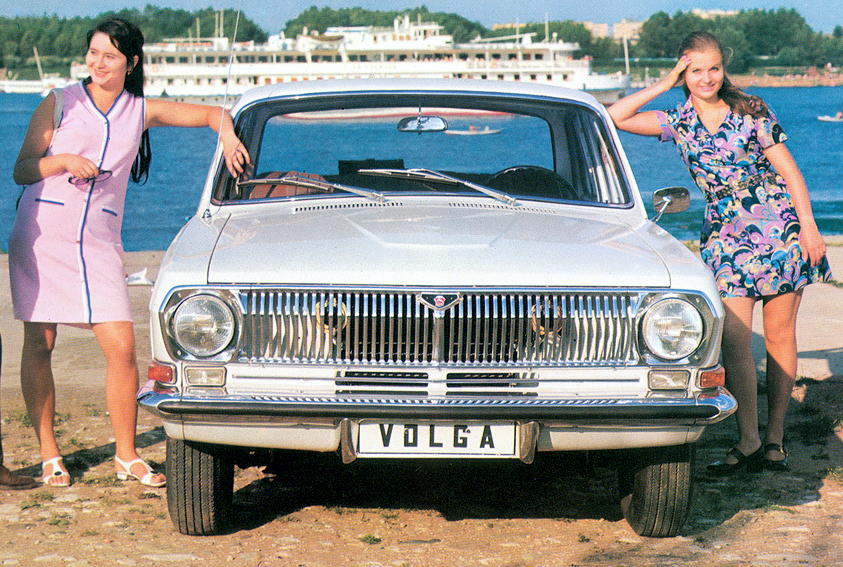
High cowl also let the designers to use relatively high, upright seats, providing a good seating position for the driver and passengers – a task that a lot of 1960s & 1970s cars failed at.
The necessary trade-off of this compromise, however, was a relatively curvy hood, which also translated into curvy roof and deck lid. Not exactly fashionable at the time when designers tried to make cars looks as flat as possible.

Fine vertical grille bars stretched between the round headlights, forming what is colloquially known as the “baleen” pattern. This style had been used by GAZ since 1962 and the “third series” of GAZ-21, eventually becoming a signature design element of its cars.
Slender bumpers had rubber impact strips to protect the chrome. Sharp chromed “fangs” flanked the license plate holder below the front bumper on early cars. Later on, bumper guards were added and the “fangs” removed because they didn’t let the larger 1980 pattern license plates to be installed.
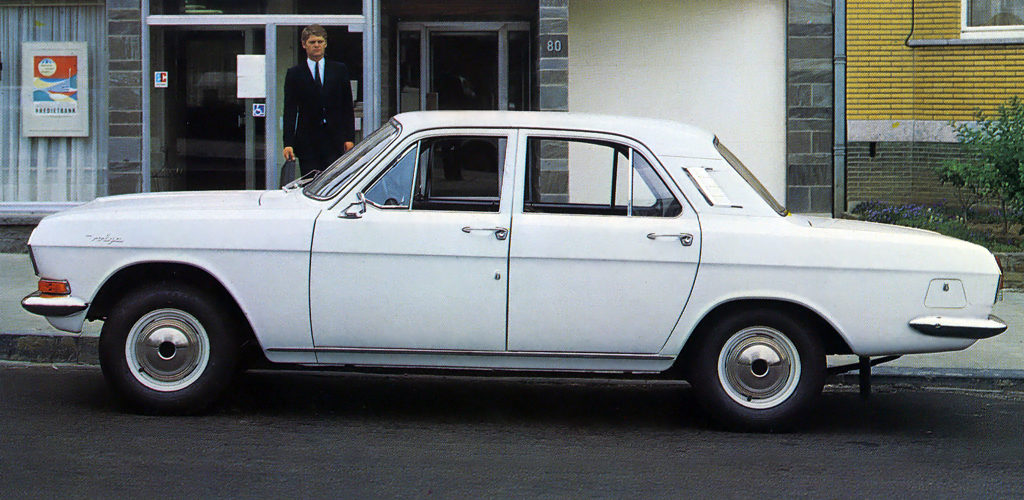
The V-shaped front and rear fender lines and the sculptured side panels with a full-length horizontal character line that connected the points of the “V”-s were obviously design cues lifted from the then-recent General Motors models, such as the ’62-’63 full-size Chevy, the Chevy II and various Opels of early 1960s. However, the overall shape is less slab-like and much more rounded on the corners.

The “greenhouse” also is more rounded-off compared to most contemporary American cars. Door window frames were stamped in one piece with the outer door skins, instead of the separate window frames welded onto the door that were more typical for the time. Thick C-pillars were graced by a hair-comb shaped piece of trim that concealed the air vents.
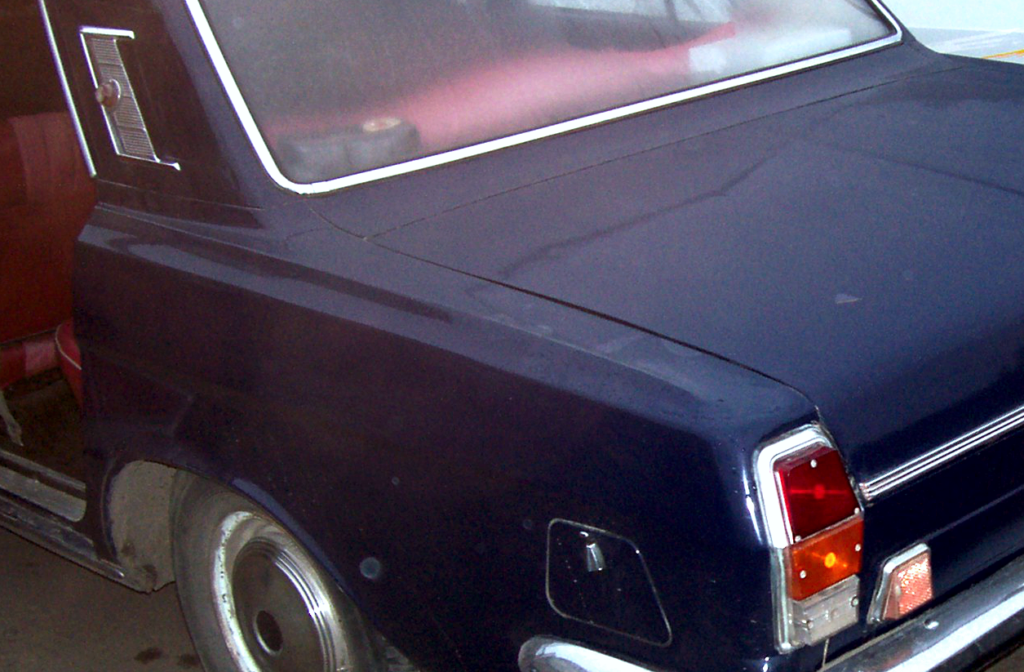
Another character line was stamped into the upper edges of both front and rear fenders and followed onto the doors, ending in very subtle tailfin-like creases on top surfaces of the rear fenders. Gas tank door was on the left and could be locked with a key, apparently to prevent gasoline theft.

Small vertical taillights had three sections, with red stoplights, amber turn signals and clear reverse lights. Light reflectors were initially mounted separately, and later integrated intro the taillights. The trunk was long and shallow, with a high sill which made loading more difficult. Torsion springs counterbalanced its lid and a convenience light turned on automatically when the lid was opened. Another interesting convenience feature was that the trunk lid could be unlocked with the key without actually opening it; removing the key in this position did not lock the trunk, allowing it to be accessed simply by turning the knob – just don’t forget to lock it up when leaving the car unattended.
